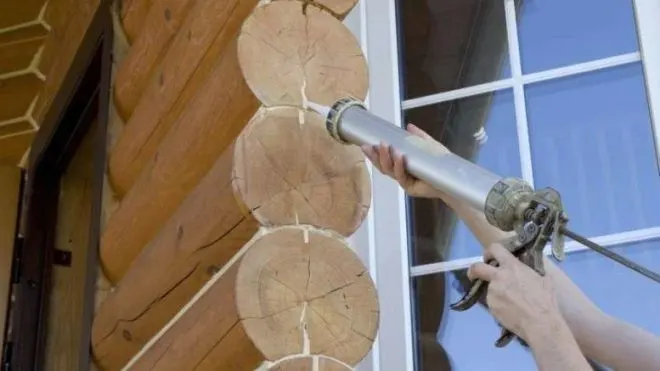Here’s the authoritative fact sheet about wood sealants: Welcome to the reading! Whether you’re an experienced carpenter or a do-it-yourself hobbyist, it’s essential to understand the different types of wood sealants and application methods to achieve a long-lasting and beautiful wood finish. Wood sealants are essential to protect wood from moisture, UV radiation, and general wear and tear, extending the life of wood and improving its appearance.
Wood sealants come in a variety of forms, each with specific features and benefits. Understanding these changes makes it easier to choose the right sealant for your project. From traditional oil-based sealants to modern water-based sealants, each type of sealant has its own unique qualities in terms of environmental impact, ease of use, and durability. There are many factors that must be considered when choosing a sealant, including the type of wood, the desired finish, and the application technique.
The use of application techniques is critical to the successful completion of a wood sealing project. Proper sanding and cleaning of the wood surface ensures that the sealant adheres well and penetrates the wood effectively. Different kinds of sealants are used differently. Depending on your preference, there are pros and cons to applying the sealant by brushing, spraying, or wiping. To ensure consistency and safety of the finish, pay close attention to the details.
This article will provide an in-depth look at the types, advantages and disadvantages of various wood sealants, and practical application notes. Learning the wood sealing process will allow you to preserve and enhance the natural beauty of wood while protecting it from wind and rain, whether you’re sealing patios, interior woodwork, or outdoor furniture.
Requirements for sealants
Sealing compounds are widely used both indoors and outdoors. Many carpentry techniques can be applied to staircase construction, interior and exterior decoration of buildings, rafter systems, insulation of door and window openings, repair of cracks in floors, and joints in wooden houses. There are different varieties of wood sealants, each with unique functional properties. But they all have to meet a specific set of prerequisites:
Strong resistance to deformation.
Resistant to high and low temperatures.
It is highly bonded to a wooden foundation.
Long service life without loss of essential properties.
It has the function of waterproof and moisture-proof.
Easy to operate and apply.
Sealant varieties
All existing materials used for joints can be sealed on wood, and these materials can be divided into several categories in terms of composition and use. Depending on the scope of application, territorial sealants can be divided into two broad categories, namely professional and household products, which differ in terms of cost, number of products, ease of use and application, and conditions of use. In addition to fillers, hardeners, and additional substances, sealants can be divided into different categories based on their main ingredients. Therefore, sealants can be divided into polyurethane sealants, silicone sealants, acrylic sealants, thiocyanic acid sealants, and asphalt sealants. But when it comes to wood, the first three are the most relevant and commonly used.
Silicones
There are two types of silicone compounds: acidic and neutral. Because the former contains acetic acid, once the tree’s material hardens, it gives off a special fragrance. Acidic varieties are widely used in construction and maintenance projects and are considered versatile and affordable.
Silicones have the following characteristics:
Strength and durability with a service life of 20-25 years.
Versatility – Can be used for any type of outdoor and indoor work.
Water resistance.
Maintains softness and ductility after polymerization.
Unaffected by temperature changes and atmospheric phenomena.
The cured sealant does not have a sticky layer, so other substances do not stick to it, and the new layer of the same material does not sag.
If you must choose a brown sealant that matches the hue of your tree, you can look into the many options offered by different producers.
polyurethane
The most durable and reliable wood sealants are based on polyurethane, but they are also the most expensive.
They have the following characteristics:
It has a strong adhesion with almost all building foundations.
It is not affected by machinery and is not deformed.
Increase elasticity.
Completely breathable.
Alkali and acid resistant.
It does not shrink after hardening, which is convenient for preliminary calculation of material consumption.
It is very suitable for sealing external seams and external seams and is easy to operate.
Acrylic substances
Compared to other types of sealants, acrylic wood sealants are used more frequently and have the following characteristics:
It has a strong adhesion to porous and fibrous foundations.
Easy to use.
Prepared wear-resistant seams are painted smoothly.
Acrylic sealant is free of solvents and poisons. Acrylic wood sealants for outdoor use are very rare because they are poor in water resistance and cannot withstand extreme heat or cold. When they are in constant contact with moisture, they become inert and simply fall off.
Due to the low humidity in the room, acrylic products are often used to seal the desired area. There are acrylic waterproof sealants that are specifically designed to seal cracks on the exterior of streets. These sealants are silicone or latex based.

